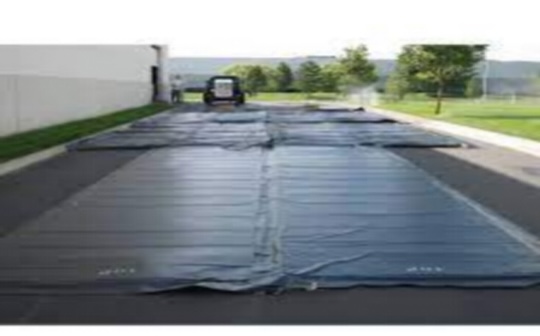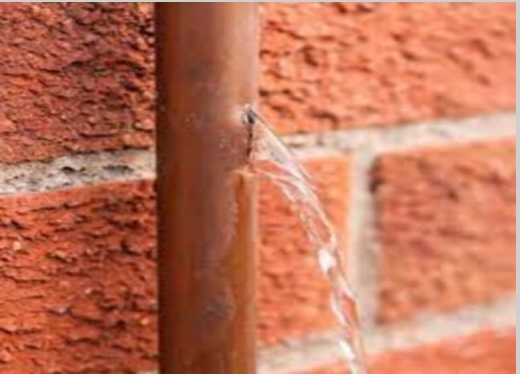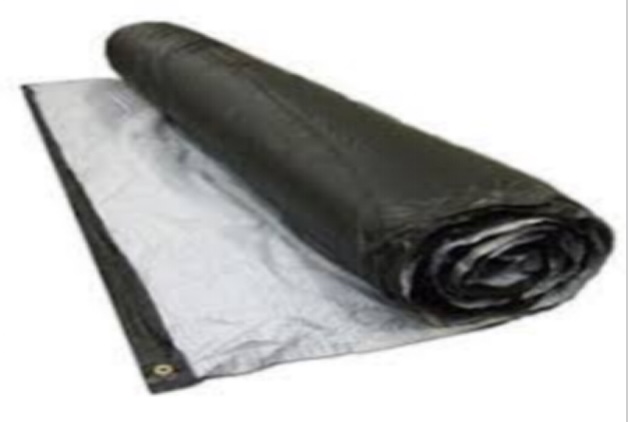Working on a chilly construction site can be difficult when the weather threatens to damage equipment, interfere with the concrete setting, or prevent the ground from thawing during landscaping tasks.
If you do not take the necessary precautions, low temperatures can force your contracting crew to remain at the same location for weeks to complete the work, losing you time and money and preventing you from moving on to the next job. A wide variety of concrete curing blankets are designed to maintain the ideal temperature for concrete, blocks, and bricks.
This article highlights how concrete blankets can benefit your construction project. But first, let’s briefly discuss how cold weather can impact your construction site.
Why does cold weather complicate construction projects?
Concrete cannot withstand frigid temperatures until its strength reaches approximately 500 psi. Before that, the vast quantities of water within its pores can freeze, inflicting considerable damage to the combination.
If the temperature remains above 50 degrees Fahrenheit, most concrete will achieve 500 psi compressive strength (and use enough water to keep its pores from freezing) within two days. But, if the ground temperature falls below this threshold, the setting process will be significantly slowed, and temperatures below 40 degrees Fahrenheit will prevent the concrete from building strength and setting properly.
Low temperatures can impede the correct setting of newly built brick and block walls, freeze the ground, cause uninsulated pipes to break, and destroy important work equipment.
Now that you have a strong understanding of how cold weather might negatively impact your job site, let’s examine how concrete blankets can aid in mitigating these concerns and guarantee that your projects are done swiftly and effectively.
- Curing concrete

As we’ve established, maintaining concrete temperatures above 50 degrees Fahrenheit is essential to guaranteeing good formation. Concrete blankets are extraordinarily effective at keeping the material warm during the curing process. These blankets can maintain the appropriate temperature of concrete even when the temperature drops below 20 degrees Fahrenheit. And because the setting procedure is so rapid, you typically only need to use one for a few days. To guarantee that the corners and edges of your concrete remain warm, it is preferable to use three layers of blankets. Wrap any protruding rebars and secure the blankets to prevent them from blowing away if the wind comes up.
- Curing brick and blocks
Concrete blankets are also excellent for ensuring that newly constructed brick or block walls cure properly. Whenever the temperature drops below 50 degrees Fahrenheit, it is always advisable to protect these materials with many layers of concrete blankets. Before placing an order for a concrete blanket, conduct online research to estimate the number of days, your materials will need to cure.
- Insulating work areas against the cold
If ice accumulates and presents a slipping hazard, cold and snowy construction sites can be an absolute nightmare. These work conditions are, at best, awkward and unpleasant. In the worst-case scenario, one of your contractors (or you) slips and falls, sustaining catastrophic injuries and delaying the project. You can prevent this by placing concrete blankets over the area where you will operate the next day to melt and prevent ice and snow. A pleasant and secure work environment will satisfy your employees and expedite project completion.
- Thawing the ground for landscape design
The ground on a building site might freeze during cold weather, making landscaping operations extremely challenging. Thankfully, concrete blankets can be used to rapidly thaw frozen ground. This is a tremendous benefit when installing stone pathways, patios, or plants. Then, ensure the blankets are secured by tying them to something firm.
- Preventing frozen pipes

During the winter months, water pipelines are subject to severe pressure due to the expansion of water as it freezes. This is especially problematic for water supply pipes in unheated areas such as garages and basements. If a frozen pipe on your construction site bursts, it can cause major damage to the building’s floors and ceiling, necessitating significant expenditures for repairs. Simply place concrete blankets along the length of the exposed pipe to eliminate this risk. This will prevent freezing and keep the metal or plastic at a safe temperature until permanent insulation is installed.
Wrapping it up
Construction work in December and January will always create obstacles, but with the appropriate usage of heated construction blankets, crews can remain productive and on time. The best thing is that you can rent concrete blankets. Do a thorough research online to find the best provider that meets your needs and budget.
